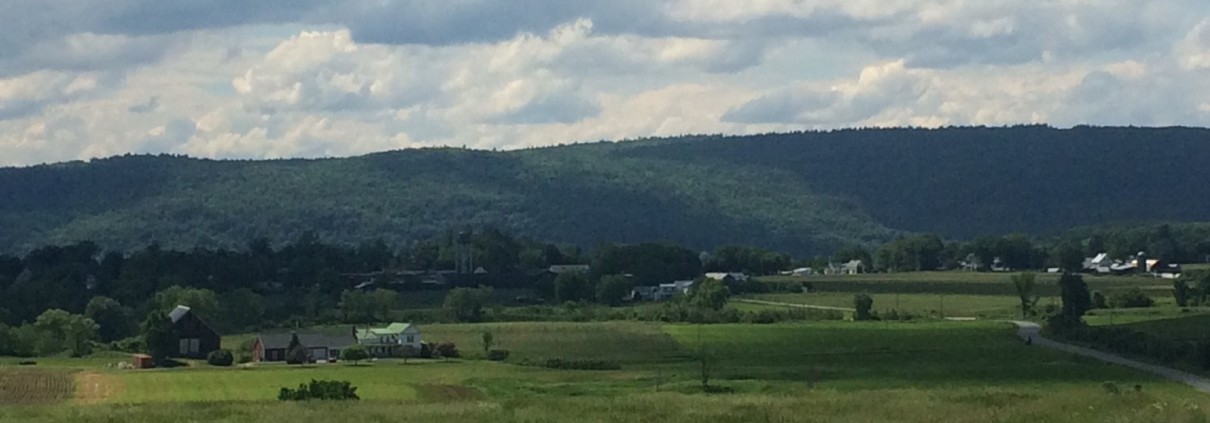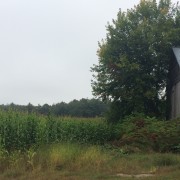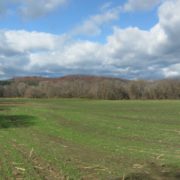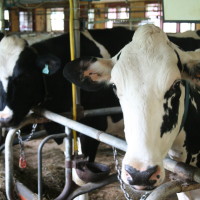Haverhill Couple Conserves Farm: “You have to treat your land right”
A hot July day beckons a trip to the local ice cream shop in North Haverhill. While sitting on a bench alongside of Route 10, working to stay ahead of your melting ice cream, your eye catches the shimmering green of the rolling fields and pastures to the east that lay in the shadow of Black Mountain. The fields make up Bob and Linda Stoddard’s Blackmount Farm. Now, thanks to the purchase of a conservation easement by the Upper Valley Land Trust, those fields will be forever open and available for agricultural use, providing a lasting backdrop on the rural landscape of North Haverhill.
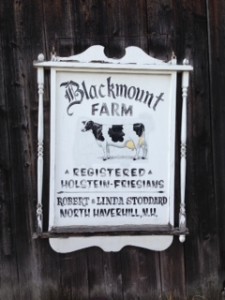
Blackmount farm has been in Bob Stoddard’s family since his grandfather purchased the land in 1936. Bob and his wife Linda have owned and operated the farm for over 40 years. Several years ago they began to think about their retirement and the future of their land. Having been involved in agriculture and advocating for the protection of agricultural lands for most of their lives, and both familiar with the concept of land conservation, the Stoddards decided that the best choice for them and their farm was to pursue a conservation easement with UVLT. The choice was one made after careful consideration and reflection on their time spent helping others to conserve their land.
Linda was one of the first board members of the Land and Community Heritage Investment Program. She was nominated by the then NH Agricultural Commissioner, Steve Taylor due to the unique perspective she brought to the board with her history and expertise in both agriculture and recreation. During her tenure as a board member Linda was instrumental in the adoption of conservation easement language that protects open spaces by mandating once a year mowing. Bob has been involved with several committees related to agriculture over the years and has been a staunch supporter, member, and chair of the Haverhill Conservation Commission for the last 10 years. Both know the importance of protecting open and working lands for the future of the Upper Valley. In a recent conversation with Linda about their motivations to conserve their land, she said “You have to treat your land right if you want to get anything from it†and in the end “I think all farmers are conservationists.â€
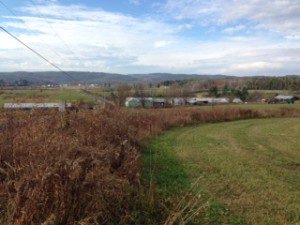
The Stoddard’s scenic hill farm contains diverse natural resources and boasts abundant and well managed soils with 90% of the acreage listed as either Prime, Statewide Significant, or Locally Important. “New Hampshire has some of the finest farm soils in the country and UVLT is committed to protecting these resources to help ensure our region’s future agricultural viability and food security,†says UVLT Vice President, Conservation, Peg Merrens, “to date we have protected 11 properties in Haverhill for a total of over 1,000 acres, and hope that the protection of Blackmount Farm will be a renewed catalyst in our efforts to conserve the important areas in our the northern region of our service area.â€
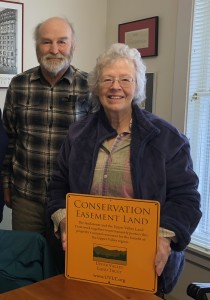 (Linda and Bob Stoddard after permanently protecting their farm)
(Linda and Bob Stoddard after permanently protecting their farm)
Recently, UVLT was awarded a Regional Conservation Partnership Program with the Natural Resources Conservation Service that looks to increase the pace of farmland conservation in Grafton and Sullivan Counties. UVLT’s project was the only statewide project selected for New Hampshire this year, in large part to our decades long track record of protecting important farmland. The protection of Blackmount Farm and the Regional Conservation Partnership Program award represent our commitment to helping our local communities protect the rural, working way of life that makes the Upper Valley such a special place.
This project was funded in large part by the Natural Resources Conservation Service. Major assistance was also provided by the Land and Community Heritage Investment Program. The project was also supported by funds from the sale of the Conservation License Plate (Moose Plate) through the NH State Conservation Committee grant program. Capstone funding was provided by the Thomas W. Haas Fund of the New Hampshire Charitable Foundation.

